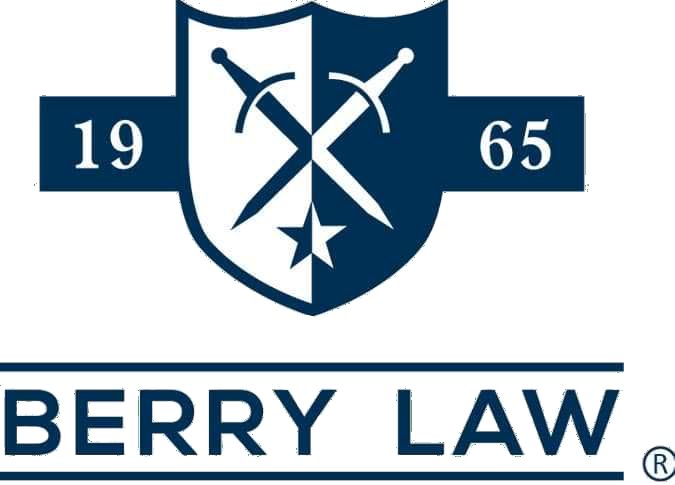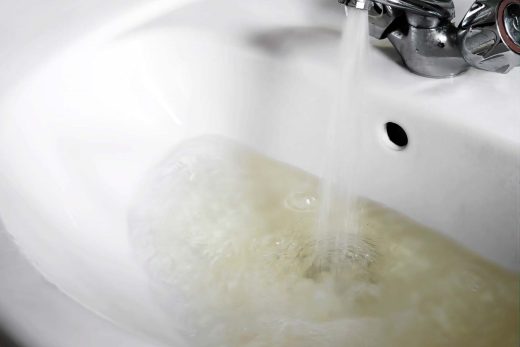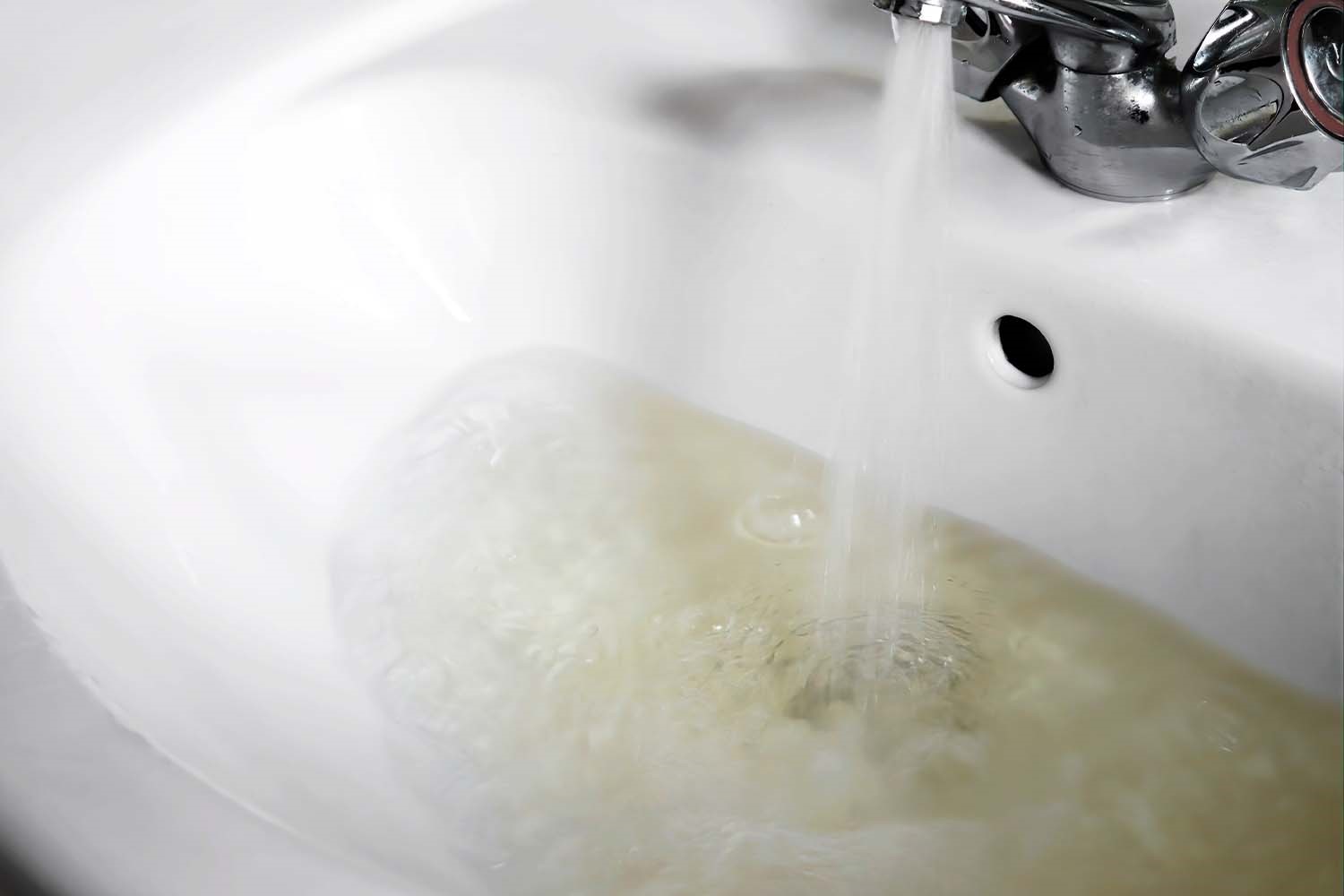The History of Camp Lejeune Water: From Contamination to Clean
The History of Camp Lejeune Water: From Contamination to Clean
The drinking water at Camp Lejeune was contaminated with dangerous chemicals that caused serious health problems. Experts estimate up to 2 million people were exposed over 30 years. In October 1980, an Army lab began testing water from the base’s Hadnot Point water system. They found the water was highly contaminated with volatile organic compounds, including trichloroethylene (TCE), perchloroethylene (PCE) and benzene.
The Contamination
Marines and their families at Camp Lejeune drank, bathed and cooked with water contaminated with cancer-causing solvents for four years. Scientific estimates are that levels of these chemicals were among the highest ever recorded in a large public water system. The chemicals are linked to various health conditions, including cancer, birth defects and neurological effects. Until 1984, the military downplayed the threat to base residents. In that year, a chemist found that test results from two water treatment plants were being interfered with by chemicals called TCE and PCE. After the news went public in December of that year, ten wells were shut down, and the contamination was finally acknowledged. The investigation of whether these compounds caused health problems is ongoing. However, that research is expected to take years to complete. Until then, those affected should not be denied compensation and medical care access. Jerry Ensminger, whose daughter died of leukemia at age nine, is fighting for those rights.
The Cleanup
For years, dangerous chemicals contaminated the drinking water at Camp Lejeune. These chemicals came from off-base dry cleaners, leaky storage tanks and chemical dumping. The contamination was widespread. Camp Lejeune water became safe to drink in 1987, ending the contamination issues that had plagued the base for years. Thousands of Marines, their family members and civilian employees suffered from illnesses related to the contamination. Some died. The first clue of the problem came in 1980 when William Neal Jr., the lab chief of an Army lab doing tests at Camp Lejeune, wrote: “Composite samples show water highly contaminated with Tetrachloroethylene (PCE), Trichloroethylene (TCE) and dioxins.” Neal’s reports went unheeded. By the time he testified before Congress, it was too late.
The Remediation
Marines and their families drank, bathed and cooked with contaminated water at Camp Lejeune for decades. The contamination reached the base’s water supply system through two of the military’s eight wells. The contaminant seeped from dry-cleaning solvents disposed of at an off-base commercial facility and from leaky underground fuel storage tanks. The contamination was discovered in 1980, but it took years to get results publicized, and the contaminated wells shut down. Chemists were testing water for a chemical byproduct of chlorination called trihalomethane (THM). However, interference from organic compounds like PCE and TCE interfered with the results.
Many people who developed ill health conditions believe the drinking water contamination was to blame and accuse the Marine Corps of withholding information about it. Chapter 2 of this report reviews what is known about the contaminants at Camp Lejeune and studies of health outcomes in former residents of the area served by the tainted water systems.
The Future
With a growing list of ailments from the contaminants that polluted Camp Lejeune’s water, victims can now pursue compensation. Qualified lawyers can help victims understand their legal options. It was in October 1980 that military chemists began testing Lejeune’s dozens of drinking water wells. The tests found organic solvents in the water, such as tetrachloroethylene (PCE), used by dry-cleaning businesses on base. But the Marine Corps did nothing about the results until the next year. The Corps hid evidence that the organic solvents in drinking water were harmful from North Carolina regulators and veterans. But a 1974 regulation on the books at Camp Lejeune and other Navy rules governing drinking water clearly warned that organic solvents could contaminate drinking water. It took until 1984 for the Marines to notify the base’s residents of the contamination. The announcement was widely criticized for downplaying the dangers and suggesting the Marines did not expect anyone to be exposed.
Author: Berry Law

The attorneys at Berry Law are dedicated to helping injured Veterans. With extensive experience working with VA disability claims, Berry Law can help you with your disability appeals.
(26)



